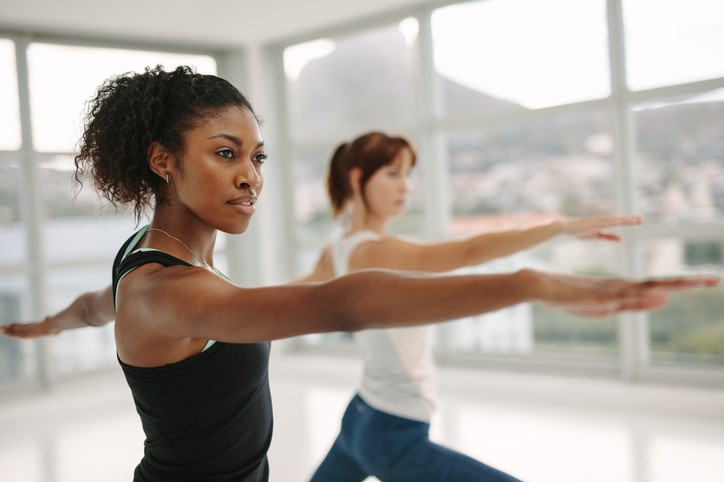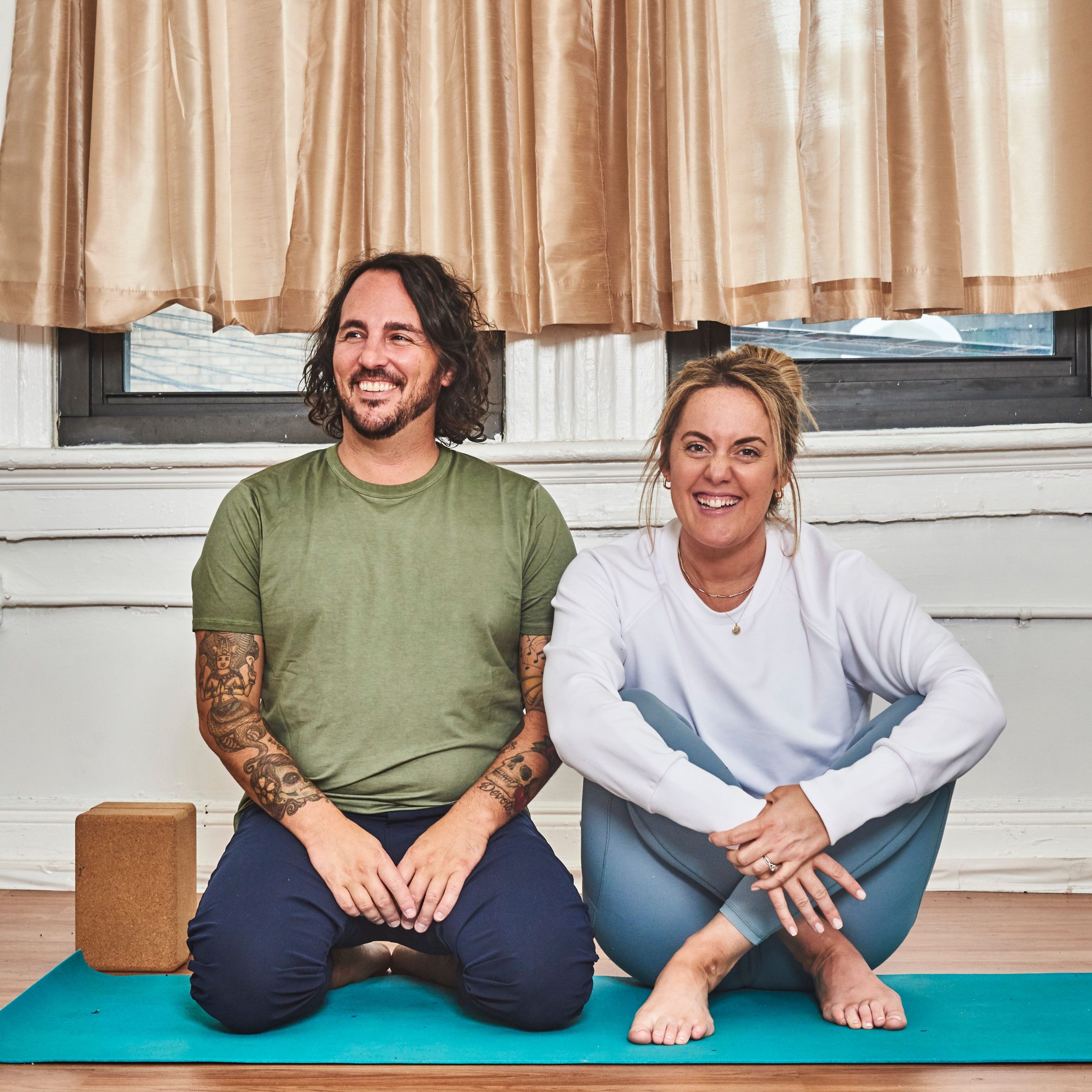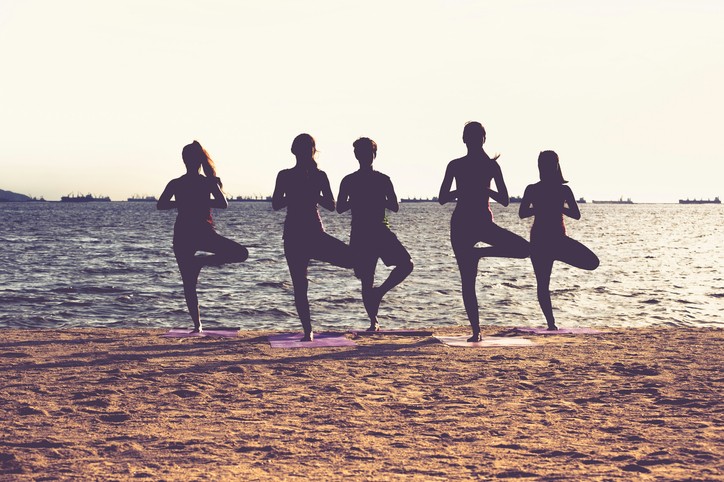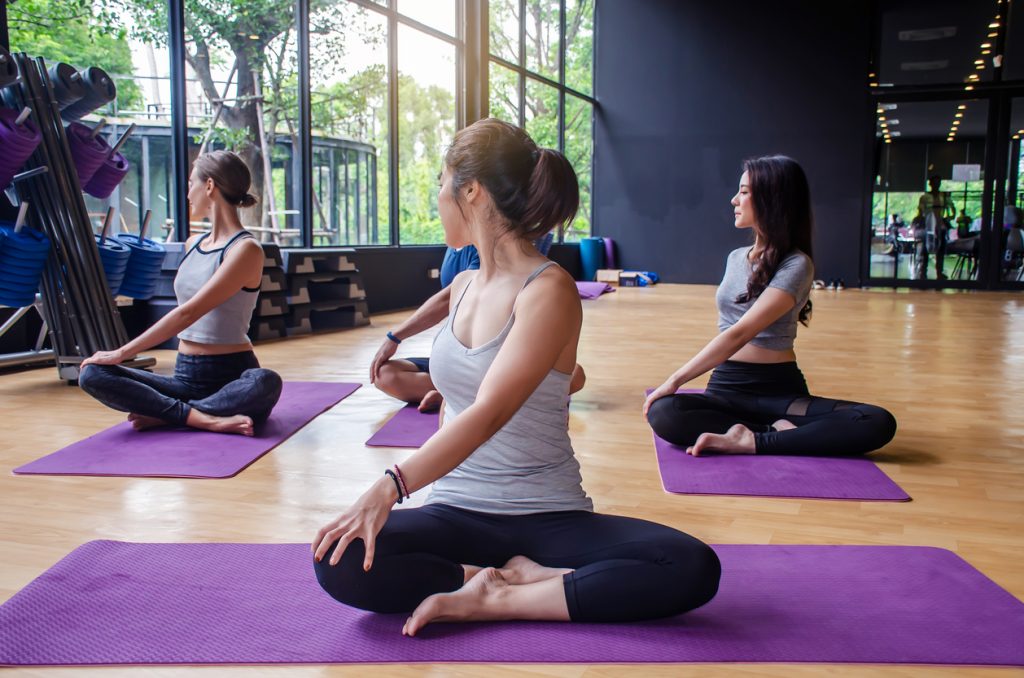
Dread the idea of getting in front of a group and leading a yoga class? Afraid of speaking in front of others? Yoga is a passion for many people but sometimes the transition from student to teacher can be a terrifying one! Don’t worry – we’ve got you covered with 6 ways you can cope with the fear of teaching yoga.
1. Preparation
The amount of time and effort you put into rehearsing and practicing your yoga sequences and your classes will help to build confidence in your ultimate delivery. You may not want to jump into a retreat with 50 yogis your first time teaching – it can be quite intimidating. Preparing in front of smaller class sizes when you first start off can help build your confidence. Its important to be yourself in front of the classroom, and in order to truly accomplish this, you’ll need to find some comfort in your own skin – starting small can help you do this.
If you aren’t able to get in front of a classroom for whatever reason, you shouldn’t feel bashful about asking some other yogis or friends if they’d like to let you lead a small class for them. Ask them for their honest feedback about your teaching style and be open to any constructive criticism they give you.
You also want to make sure you plan out your lesson plans ahead of time and keep them to refer back to. Having detailed class sequences that you’re familiar with will go a long way in building confidence in your delivery.
2. Connect With Your Students
One way to help alleviate your pre-class jitters is to connect with your class. Getting to class early, and talking with the students beforehand can go a long way in helping to familiarize yourself with the class and remove some of your fears. Ask your students for feedback about what they liked about your class and what they would like to see more of. Again, be open to any constructive feedback they give you. Its important to be comfortable in your surroundings so connecting with your students will help you.
3. Stay With Your Breath
Breathing is an important part of yoga, but also an important part of presenting. As you slow down and connect with your breath, it’ll help you pace yourself, slow your heart rate, and ultimately relax. Focus on your breath – get lost in its motion and let its power release you from the anxiety of your task at hand. Fear by its nature lives in the present but is rooted in our perception of the future. Focus on controlling your breath and your thoughts will shift from the future to the present, where they should be. In addition to alleviating fear, breathing will help you keep pace in the delivery of your lesson plan. Allow your breath to absorb the silence when it comes, and drown out the sound of your fear consciousness.
4. Transform Fear To Excitement
I know someone who once used to say “it is not fear that gives me the jitters, it is excitement!” It is interesting how we as humans, with awareness, can channel our jitters into excitement rather than fear. To help you, focus on the positives of sharing your gift of yoga to others. Think of teaching yoga as a positive challenge that will help you grow and evolve to reach your highest potential. It also helps to think back on your past accomplishments and how far you’ve come as a yoga teacher.
5. Use Failure As A Learning Experience
Despite what happens, continue moving forward in a positive direction. As a yoga teacher it is completely normal to make mistakes in your classes. Don’t be embarrassed and use them as learning experiences. After you a teach a class, take time to reflect on your class and see if there are any areas you could improve on. Also, take the time to reflect on the things that you liked about your class to help you clarify what you want to expand on in your teachings.
6. Be Persistent
Continue to push through your fear and keep teaching classes. The more you teach, the more confident you will become as a teacher through your experience. Remember, your gift to the world and your students is offering your knowledge of yoga – the world needs your gift! Be persistent and with time, you will find teaching classes a breeze and a less fearful experience.
Join our mailing list for incredible weekly content!




 Maybe you’re looking to start teaching, but don’t have the resources to open your own studio? Or perhaps you live in a rural area without a nearby yoga studio? Or you might live in a smaller town without any openings at your local studio for
Maybe you’re looking to start teaching, but don’t have the resources to open your own studio? Or perhaps you live in a rural area without a nearby yoga studio? Or you might live in a smaller town without any openings at your local studio for  If there isn’t a yoga studio nearby, or you can’t find open teaching opportunities – another option is a fitness center or gym. There are lots of fitness centers that build classes around specific time frames including early morning, afternoon, late afternoon, and evening. Fitness studios and gyms are great opportunities to teach to a bigger audience because you’ll often get people who are completely brand new to yoga. This is another great way for you to help spread your knowledge about yoga and expand your student base.
If there isn’t a yoga studio nearby, or you can’t find open teaching opportunities – another option is a fitness center or gym. There are lots of fitness centers that build classes around specific time frames including early morning, afternoon, late afternoon, and evening. Fitness studios and gyms are great opportunities to teach to a bigger audience because you’ll often get people who are completely brand new to yoga. This is another great way for you to help spread your knowledge about yoga and expand your student base.
 Most information today related to music in yoga is meant to support a specific objective, or the opinion of one person – but yoga is universal and also a very personal practice. What one teacher prefers may be different from the next.
Most information today related to music in yoga is meant to support a specific objective, or the opinion of one person – but yoga is universal and also a very personal practice. What one teacher prefers may be different from the next. Another consideration when picking your yoga class playlist is the structure of the soundtrack itself. As a yoga teacher, you’re leading your class on a journey, and you want to provide a soundtrack which will complement this experience. Think of the different sections of a well sequenced yoga class – the intro, the warm up, peak poses, cool down, and Savasana. In each of these sections, your students will experience something different. For example, the intro and warm up is most likely going to be calm and slow. In contrast, the peak pose section may be more upbeat and lively.
Another consideration when picking your yoga class playlist is the structure of the soundtrack itself. As a yoga teacher, you’re leading your class on a journey, and you want to provide a soundtrack which will complement this experience. Think of the different sections of a well sequenced yoga class – the intro, the warm up, peak poses, cool down, and Savasana. In each of these sections, your students will experience something different. For example, the intro and warm up is most likely going to be calm and slow. In contrast, the peak pose section may be more upbeat and lively.